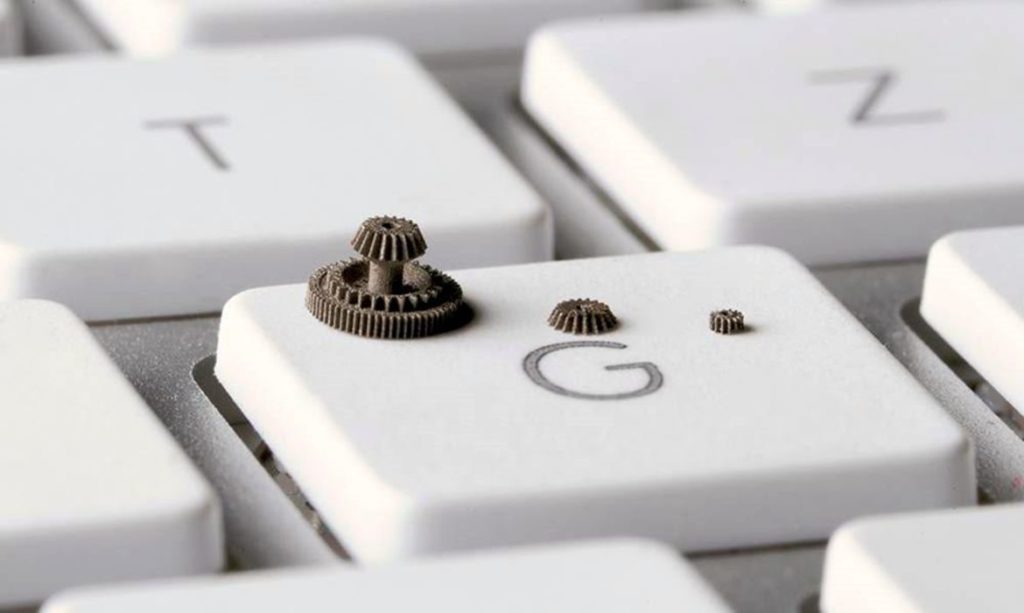
Charles R. Goulding and Preeti Sulibhavi look at how Boston Scientific has been using 3D printing in the med-tech sector.
We may reflect on the year 2021 with a myriad of mixed feelings.
But the year itself has shown to be of technological and innovative substance. Whether it was companies in various industries pivoting their processes to help produce much-needed PPE, restore disrupted supply chains, or scientists racing around the clock to develop the vaccines we need to combat this virus.
That being said, 2021 includes two high-profile acquisitions for the leading med-tech company, Boston Scientific. This past Winter, Boston Scientific purchased Preventice Solutions, the cardiac monitoring company for $925 million. The cash deal includes a potential milestone payment of an additional $300 million. Then, in March 2021, Boston Scientific bought Israeli med-tech company, Lumenis Surgical Division in a $1.1 billion cash deal.
Since 1979, Boston Scientific has been known for “advancing science for life.” Its portfolio of products includes, but is not limited to pacemakers, defibrillators, catheters, remote patient monitoring systems, coronary stents, single-use scopes, and much more.
3D Printing and Life Sciences/Med-tech

3D printing has emerged as a source of tangible solutions to multiple challenges facing the medical technology industry, and some of the largest companies in the space are already looking at and using this rapidly evolving technology. Med-tech manufacturer Boston Scientific Corp., for instance, is using 3D printing across multiple plants around the world, including its two manufacturing facilities in Costa Rica. In addition, Boston Scientific’s collaboration with 3D MicroPrint, is helping to fabricate tiny metal parts utilized in life-saving medical devices.
Boston Scientific produces a large range of medical devices used to diagnose and treat patients with issues in the areas of cardiology, urology, endoscopy and many more. Boston Scientific, in collaboration with Stratasys, hosts “Boston Scientific Additive Manufacturing Customer Success Day.” This is a half-day training to identify and build AM tooling, manufacturing aids and production parts to improve efficiency and reduce costs on your manufacturing floor.
The Research and Development Tax Credit
The now permanent Research and Development (R&D) Tax Credit is available for companies and startups developing new or improved products, processes and/or software.
3D printing can help boost a company’s R&D Tax Credits. Wages for technical employees creating, testing and revising 3D printed prototypes can be included as a percentage of eligible time spent for the R&D Tax Credit. Similarly, when used as a method of improving a process, time spent integrating 3D printing hardware and software counts as an eligible activity. Lastly, when used for modeling and preproduction, the costs of filaments consumed during the development process may also be recovered.
Whether it is used for creating and testing prototypes or for final production, 3D printing is a great indicator that R&D Credit eligible activities are taking place. Companies implementing this technology at any point should consider taking advantage of R&D Tax Credits.
Conclusion
As we have noted previously, life science and med-tech are emerging as the premier sectors for the future of the U.S. manufacturing industry. The recent acquisitions by Boston Scientific only help prove how 3D printing and additive manufacturing can further impact the med-tech and life sciences industry.

